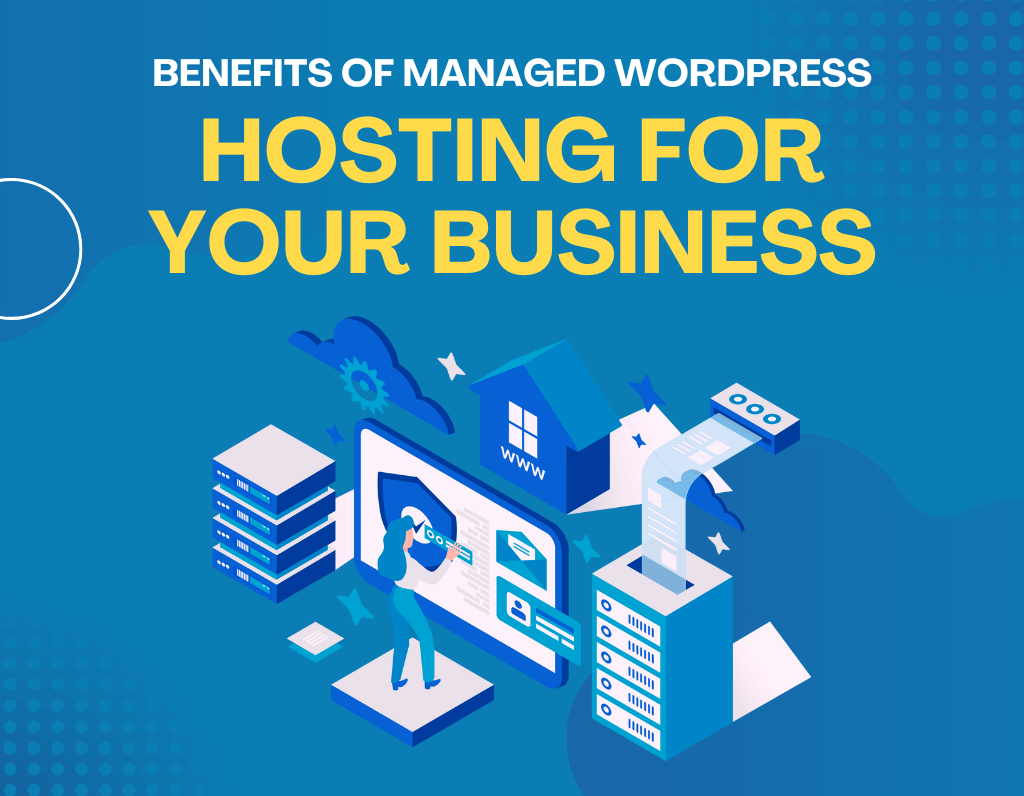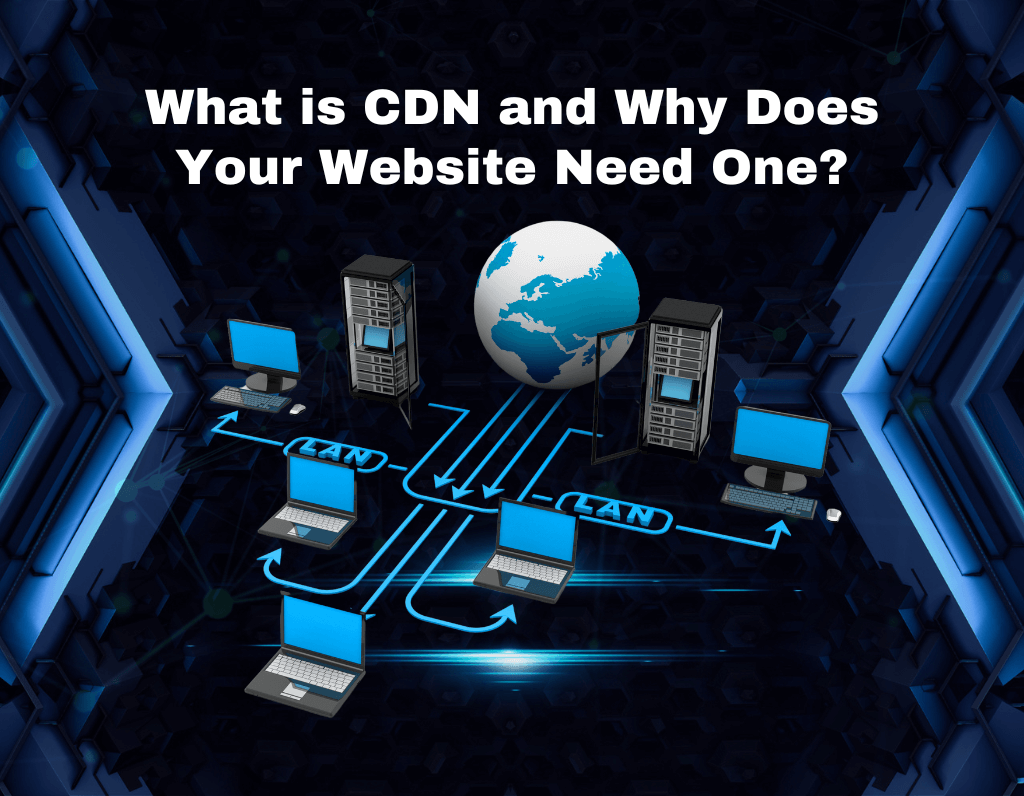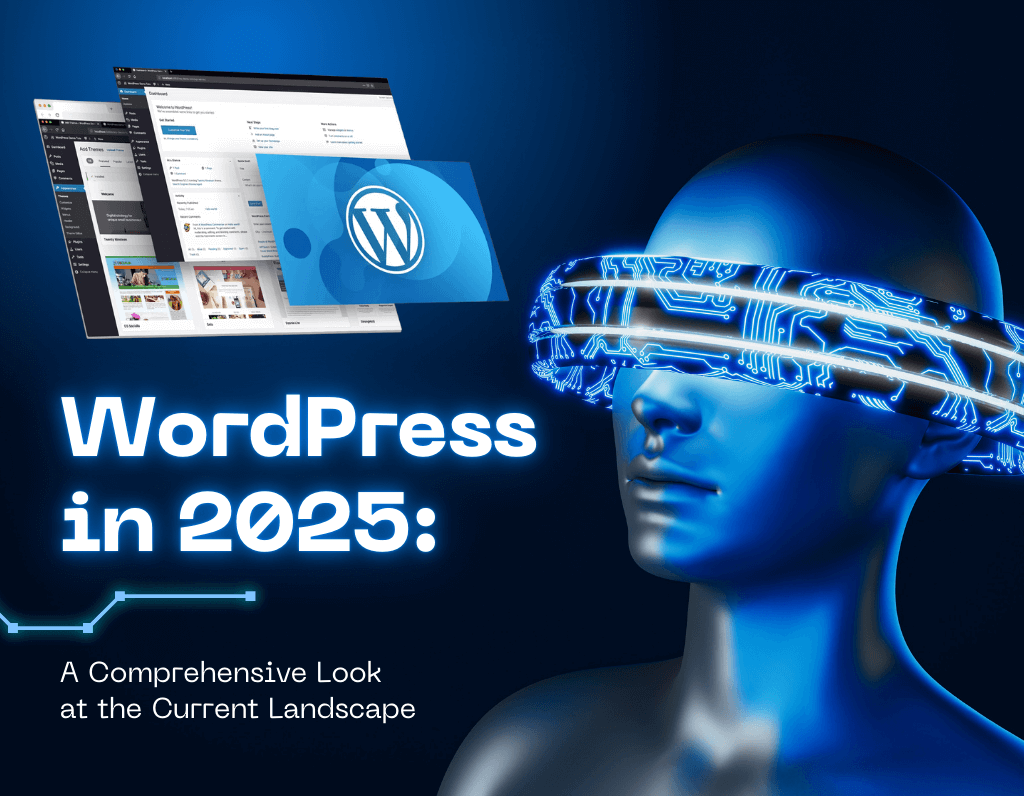“The best marketing doesn’t feel like marketing.”
This is definitely one of the best quotes about marketing, attributed to marketing cartoonist Tom Fishburne. Nowadays, marketing is everywhere, influencing our choices, purchases, activities, and lifestyle. Most marketing is obvious, but some of it is invisible, meaning that the average person does not even realise when he or she sees it.
But why is invisible marketing necessary?
Mainly because marketing is not the same today as it used to be decades ago. The Internet has changed the game, and people do not tolerate ads or marketing messages anymore. Consumers’ attention spans are decreasing by the day and people are presented with dozens of options – standing out from the competition is more difficult than ever. Under these circumstances, businesses need to come up with more refined marketing techniques that create invisible influence.
Let’s take an example: You have been walking around the park on a sunny day and after some time you feel the need to cool down. As you turn a corner, you see two ice cream shops selling similar products. However, there is one slight difference between the two shops: one shop offers outdoor seating while the other doesn’t. Guess which ice cream shop you will choose – the one with outdoor seating, obviously. This invisible marketing technique has made the shop more visible to passers-by like you. Next, those choosing to have ice cream there become the shop’s ambassadors.
What is invisible marketing?
A simple definition of invisible marketing would be “the messaging we don’t see”.
Invisible marketing is the message received by the customer rather than what is openly said by the company. This type of marketing creates an emotional response towards a product or the desire to purchase something without feeling like we’ve been sold anything. The benefits of invisible marketing include but are not limited to:
Increasing brand awareness
Selling directly doesn’t work anymore. We have been living in a condition of information overload for at least 15 years now, which means we are subjected to the excessive circulation of information that is not filtered accurately. This makes it difficult for people to orient themselves on a given topic because it is so difficult to identify reliable sources.
If you want your product to be chosen, your brand message must be able to intercept the buyer’s attention and become the point of origin of a relationship of trust. One of the best sales tools that are based on the recognition of trust is content marketing. Content marketing is a form of invisible marketing because it does not sell directly, but instead, it educates and entertains prospects. It makes consumers associate a brand with being able to satisfy a symbolic need, such as a desire for education, identity recognition, or for entertainment. Brand awareness is also a consumer’s awareness of belonging to the community around the brand. Content marketing disseminates the purchase path with materials that tickle curiosity and provide answers to existing or yet unexpressed questions, while building a community at the same time.
Enhancing customer engagement
Invisible marketing is driven by the principles of behavioural economics and has three elements: triggers, frame, and fuel, which all have the potential to enhance customer engagement.
A good example of this is KitKat’s trigger marketing in the tagline: “Have a break. Have a KitKat.” The tagline and the snap sound effect of the chocolate bar breaking has successfully linked the ubiquitous “coffee break” with thoughts of a well-deserved KitKat.
The frame refers to the context you surround your message with. For instance, one environmentalist group tried to reduce shark hysteria by publishing a small number of annual shark attacks. The message had little effect until they introduced a frame of reference and asked: “What’s more likely to kill you: a shark or a deer?” The facts showed that people were 300x more likely to die as a result of a deer-related accident than of a shark attack.
The frame of reference was clear, and suddenly, shark hysteria subsided.
Ultimately, fuel refers to removing obstacles in the way of a customer’s path to purchase, such as steps that involve decision-making. Decision-making requires brain power and doing nothing is so much easier. For instance, car company Audi chose to present potential customers with their highly-customised versions instead of trying to introduce customers to midrange cars and upsell additional features. It was up to the customer to decide whether or not to remove certain features in order to get a simpler, cheaper model. Doing nothing is easier than making decisions, and as a result, Audi’s sales increased by an average of €1500 per car.
Building brand loyalty
Building brand loyalty requires establishing a relationship with prospects, and the best way to achieve that is through emotions.
Studies conducted by Harvard University about how the subconscious mind can influence consumers found that the large majority of consumers make purchase decisions based on emotions. Instead of looking at the critical attributes of a product, such as features, price, package design, etc., people look for an emotional connection with the brand. Once that emotional connection is achieved, people don’t even bother with other competitors, and strong brand loyalty is achieved.
Creating buzz and hype
How is it possible to sell by panicking people?
The best example is Godrej, a security solutions company, which implemented a genius marketing campaign. The home security company ripped the tops of their envelopes before sending them to potential customers. The gesture evoked an emotional reaction because each envelope was marked “Private & Confidential”, and people panicked when they thought someone had tried to open it.
The company mailed 6,000 envelopes on the first week and received 4,212 enquiries — a response rate of 70%. This result is extraordinary, considering that many of us don’t even bother opening our junk mail at all.
But why did torn envelopes get such a big response?
The reason is because this was confronting. The company had shown people how they would feel if their privacy was invaded.
Each envelope contained the message, “For an experienced burglar, breaking into your home is as easy as this.”
Suddenly, people who didn’t own home security systems were considering getting one. All, without the company even selling the features of their product yet. They had only evoked a negative emotional reaction from people and presented themselves as the solution.
Improving sales and revenue
Invisible marketing effectively improves sales and revenue because it connects with people’s pain points. It does not come across as overt promotion that people indirectly register as marketing. Instead, it evokes an emotion first and the action later. For instance, a great marketing strategy puts the user first and the benefits next, and the product or service at last. The assets of the product are built seamlessly into the marketing campaign and never stick out. This is because people will buy a product when they relate to it on an emotional level rather than when they are coerced into buying it.
Although it may sound easy, the process behind an invisible marketing strategy is quite complex. It requires a mixture of the right tools and techniques, understanding prospects and behaviors, and the art of selling without direct advertising.
In the end, invisible marketing is all about fulfilling human needs, which works a lot more than appealing to consumption desire. Necessities such as cold water on a hot day don’t need any type of marketing. In a similar manner, invisible marketing is achieved when your message touches on a necessity of your audience, whether it’s taking a break or not having to work too much on making a decision.
The post ( The Art of Invisible Marketing) appeared first on Visual Marketing Australia.
Source: Source link





